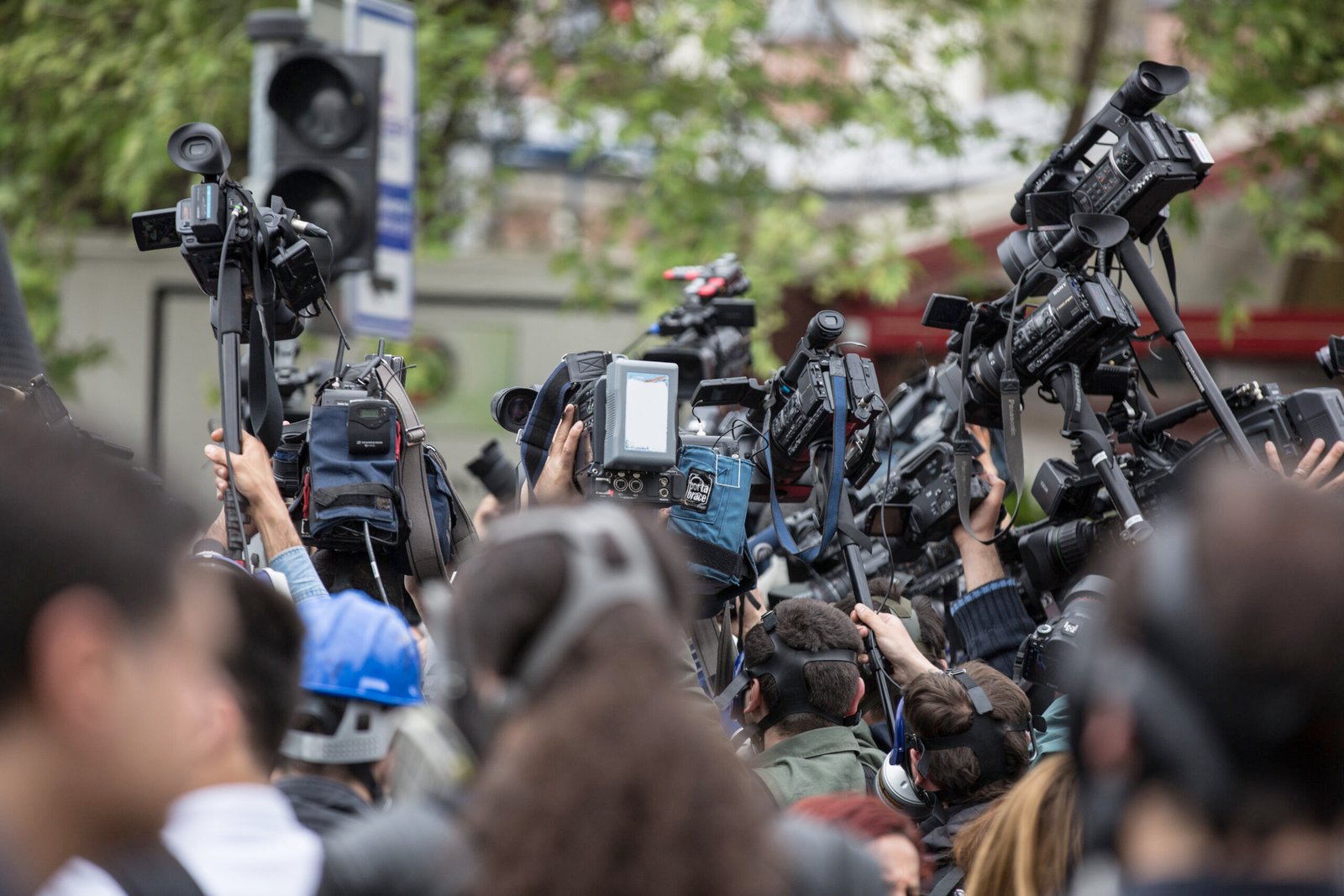
The basic principle of media is to disseminate information about ongoing events and publish it for the public to easily access. The news should also have valid and credible information to avoid misunderstandings.
In conducting its business, the media heavily relies on advertisements. To attract advertisements, the media must have a large following so that advertisers find it worthwhile to place their ads. To gain a substantial following, the media needs to have good news content, coupled with copywriting tricks to attract a wide audience.
This is where the relationship between Non-Governmental Organisations (NGOs) and the media comes into play. Each has its own role; NGOs are responsible for providing content and must convince the media that the content is interesting and worthy of publication. Meanwhile, the media’s role is to publish this content through various channels they possess.
This relationship becomes a mutually beneficial bond, especially as many media outlets suffer due to the shift from analog to digital forms. People who used to enjoy content through newspapers, radio, or TV are now transitioning to mostly free digital platforms. Consequently, media companies are cutting budgets to survive in the midst of this shift. NGOs, in need of a platform to publish their information, turn to the media for publication services.
Media, in need of good content, and NGOs, with crucial information, have a mutually advantageous relationship. Moreover, NGOs streamline the information search process, cutting costs for media exploration. Both parties share reasonable common interests.
Trend of Collaboration between Media and NGOs
The collaboration between media and NGOs has become a trend practised by both. Even if their partnership is not officially and openly visible, they are engaging in it at a different level. The media’s dependence on NGOs is increasingly apparent, including NGOs that oversee humanitarian efforts, human rights, and advocacy groups.
This partnership trend is symbolic because the media leverages NGO experts for news tips, access, and quotes they can use. With many media companies folding and NGOs becoming tech-savvy, media outlets are now involved in researching and delivering news, sharing contacts, developing content, and providing logistics, guidance, analysis, opinions, and in some cases, funding.
Steve Roberts, a media ethics professor at George Washington University and former New York Times reporter, states that there is an ‘overlapping of work’ due to the need for survival. However, such conditions can also benefit society. Long-standing partnerships create significant opportunities to amplify the voices of those most affected by a situation so that their stories are heard, and more people become aware of the news.
Conclusion
The partnership between media and NGOs must work well because this relationship can become complex when the information provided is sensitive or amid conflicting situations. This complexity can endanger the credibility and safety of journalists, especially when covering war zones or locations with disease outbreaks. Both parties must have a high level of trust to avoid suspicion and make their partnership more advantageous.
The trust built between them significantly impacts their respective credibility. If there are mistakes that can harm this credibility, it may lead to long-term issues with a negative public image.
While this partnership carries significant risks, as the saying goes, ‘High risk, high return.’ According to data from the Edelman Annual Trust Barometer, trust in the media increased by 65% in 2019 compared to previous years. This data shows that if the partnership is executed correctly, it can be beneficial for both parties.


